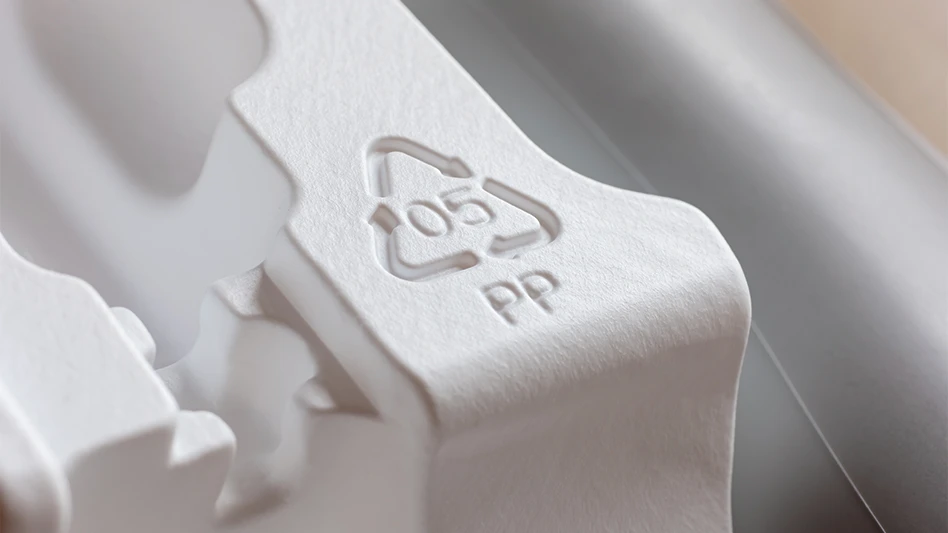
danielskyphoto | stock.adobe.com
The Recycling Partnership’s (TRP’s) Polypropylene Recycling Coalition has released its inaugural annual report, showcasing what it calls “measurable improvement” in the circularity of polypropylene (PP).
Established in 2020, the Washington-based coalition awards grants to material recovery facilities (MRFs), secondary sorters and reclaimers to increase acceptance, improve capture and deliver higher-quality recycled PP to responsible end markets. Together, the coalition says its members have helped deploy more than $15 million across 60 grants, resulting in new or improved PP recycling access to 48 million people.
The resin, also known as No. 5 plastic, is ubiquitous in peoples’ daily lives and widely used in packaging for dairy foods, salads, deli items, microwavable meals and more, according to the coalition, which adds that its high value has resulted in growing demand for postconsumer recycled PP.
However, the coalition notes that only 8 percent is recycled each year. The coalition’s grants address challenges by enabling recycling facility upgrades, improved sortation capabilities and community engagement needed to boost PP recycling rates.
“In just four years, the coalition has improved polypropylene recycling access, capture, sortation and processing in more than half of U.S. states, and there is more to do,” says Brittany LaValley, vice president of materials advancement at TRP. “While we celebrate this progress, we know there is significant opportunity to continue to expand the demand for recycled polypropylene, spur investments in access, education and infrastructure and create a more robust market for this versatile material.”
Together with producers, communities, recyclers and manufacturers, the coalition says it is taking a number of steps to drive a 5 percent increase in the U.S. PP recycling rate:
- increasing community recycling program acceptance of PP, with the coalition noting that the How2Recycle label designates key PP formats as “widely recyclable,” ensuring people have guidance to get more material in the bin. As a result, the coalition says 48 million people gained new or improved access to recycle their PP.
- ensuring more recycling facilities can successfully sort PP by increasing community recycling program acceptance by 11 percent. As one example, the Scott County Waste Commission facility in Iowa received a coalition grant and its new optical sorter captured seven times more PP in the first six months of this year than it did in all of 2023.
- supporting responsible end markets with 64 million pounds of PP being recycled annually, leading to an increased supply of reliable postconsumer recycled PP for reuse in packaging and products. For example, a grant from the coalition to Ocean County’s Northern Recycling Center in New Jersey for upgraded equipment means the county collects more PP and sells the material to multiple domestic buyers.
- informing policy, with the coalition moting that PP has been added to “favorable” or potential recyclable lists in states such as California and Oregon, paving the way for more of this material to be recycled. As an example of preinvestment, a grant to include dedicated PP recycling at Recology in Sonoma Marin, California, was part of that company’s $35 million MRF retrofit completed earlier this year.
The coalition says accomplishing a 5 percent increase in PP recycling rates requires deploying $10 million in new capital throughout 2025, strategically focused on achieving critical milestones. This funding is part of a comprehensive strategy to deploy $55 million in new capital to modernize recycling infrastructure and expand PP capture nationwide.
Latest from Recycling Today
- Orion ramping up Rocky Mountain Steel rail line
- Proposed bill would provide ‘regulatory clarity’ for chemical recycling
- Alberta Ag-Plastic pilot program continues, expands with renewed funding
- ReMA urges open intra-North American scrap trade
- Axium awarded by regional organization
- Update: China to introduce steel export quotas
- Thyssenkrupp idles capacity in Europe
- Phoenix Technologies closes Ohio rPET facility





